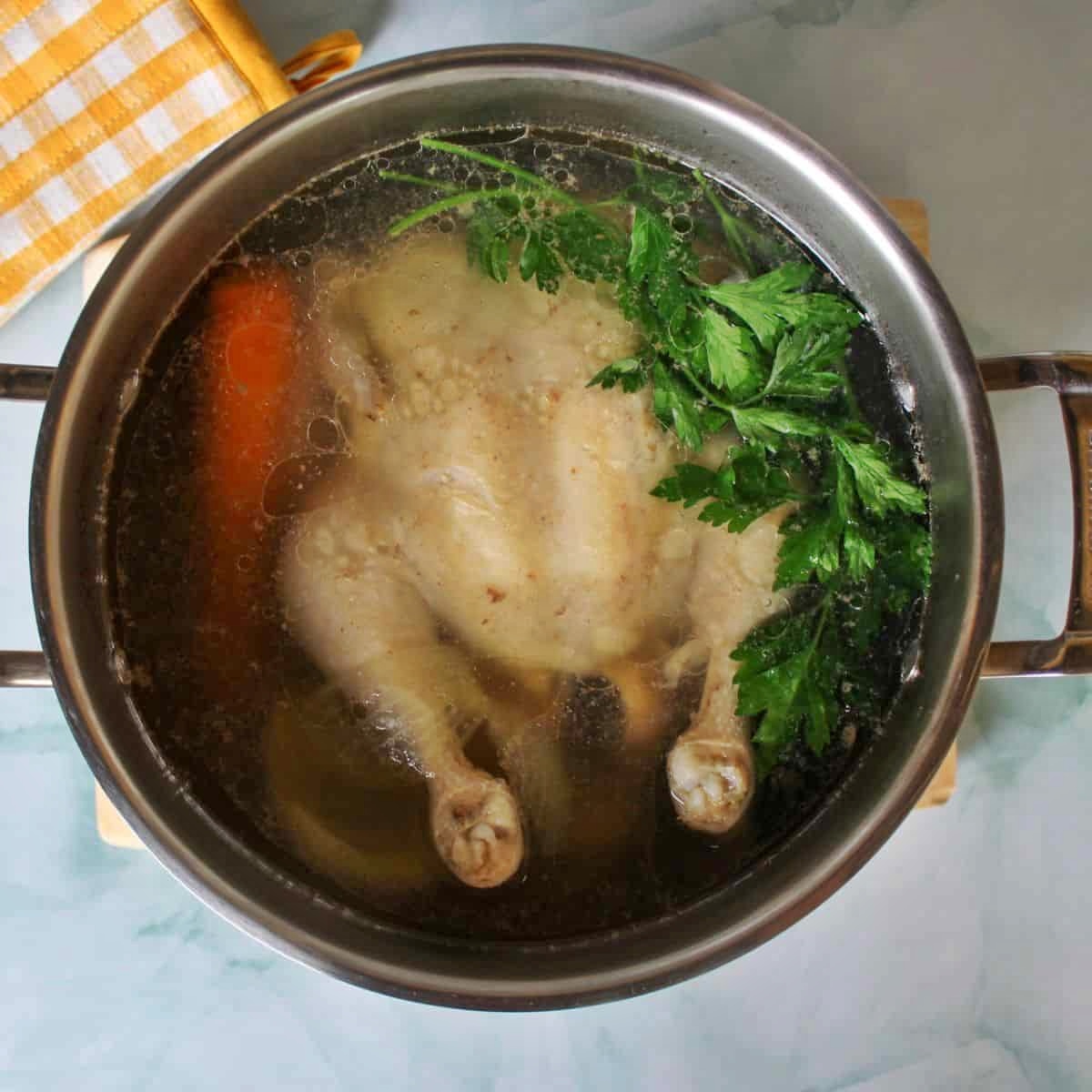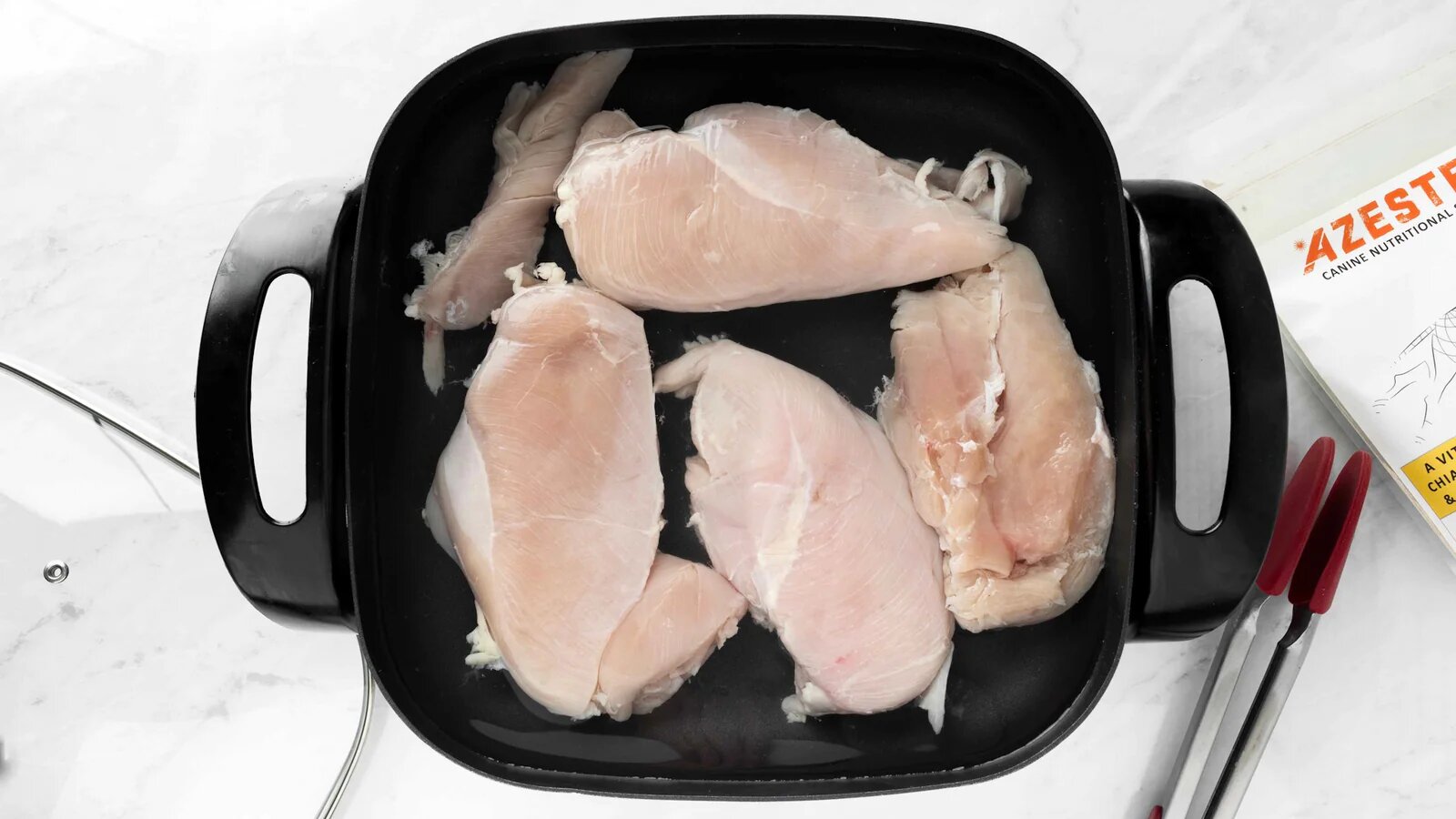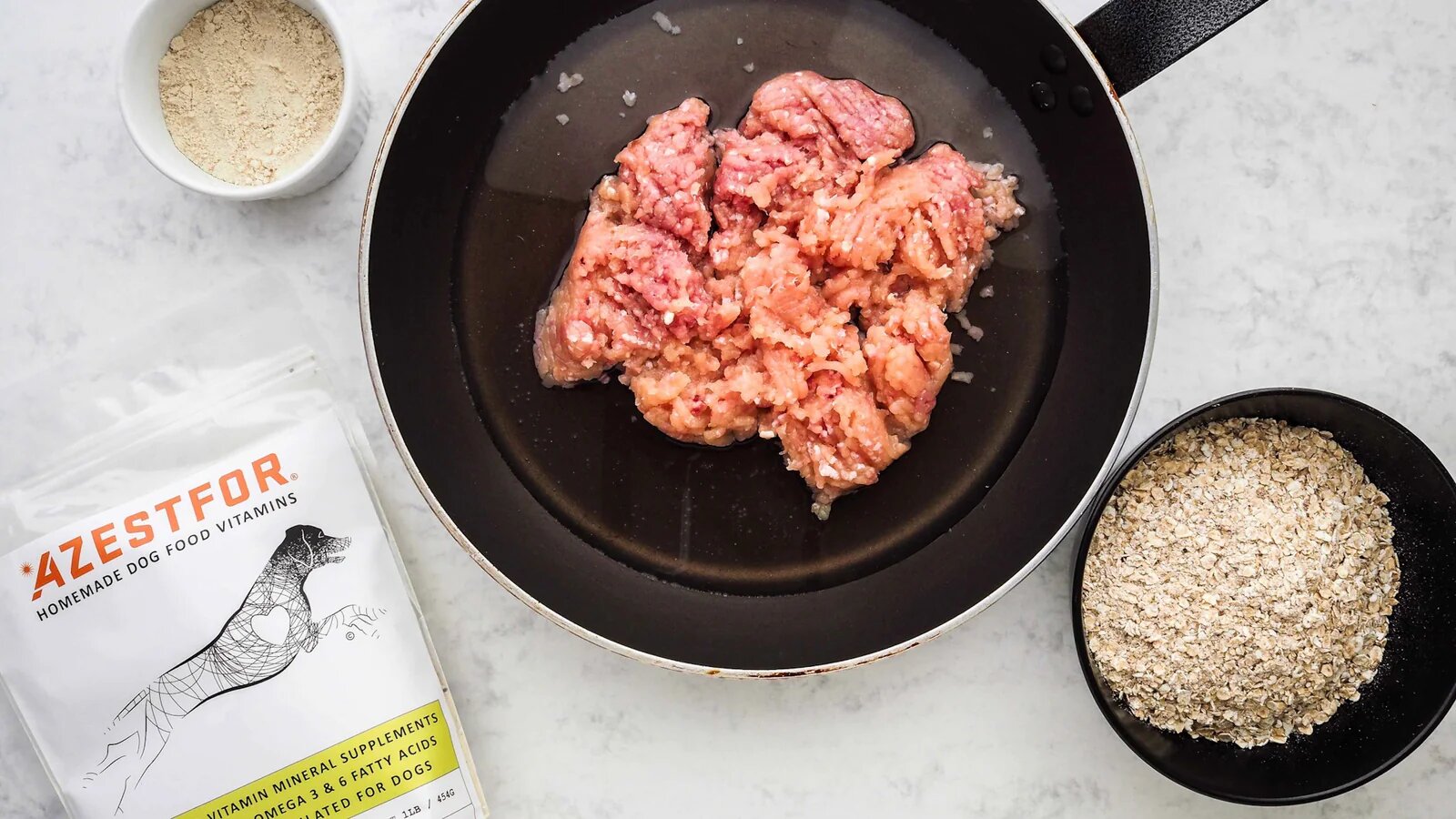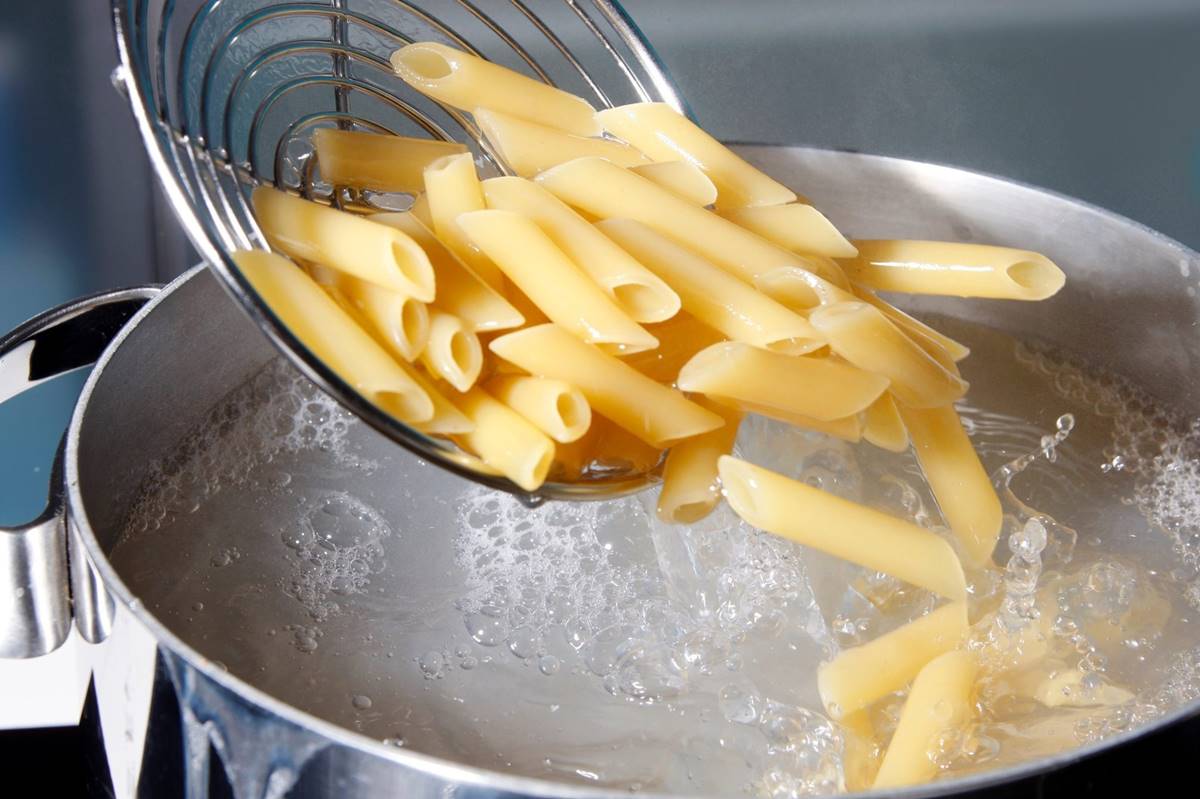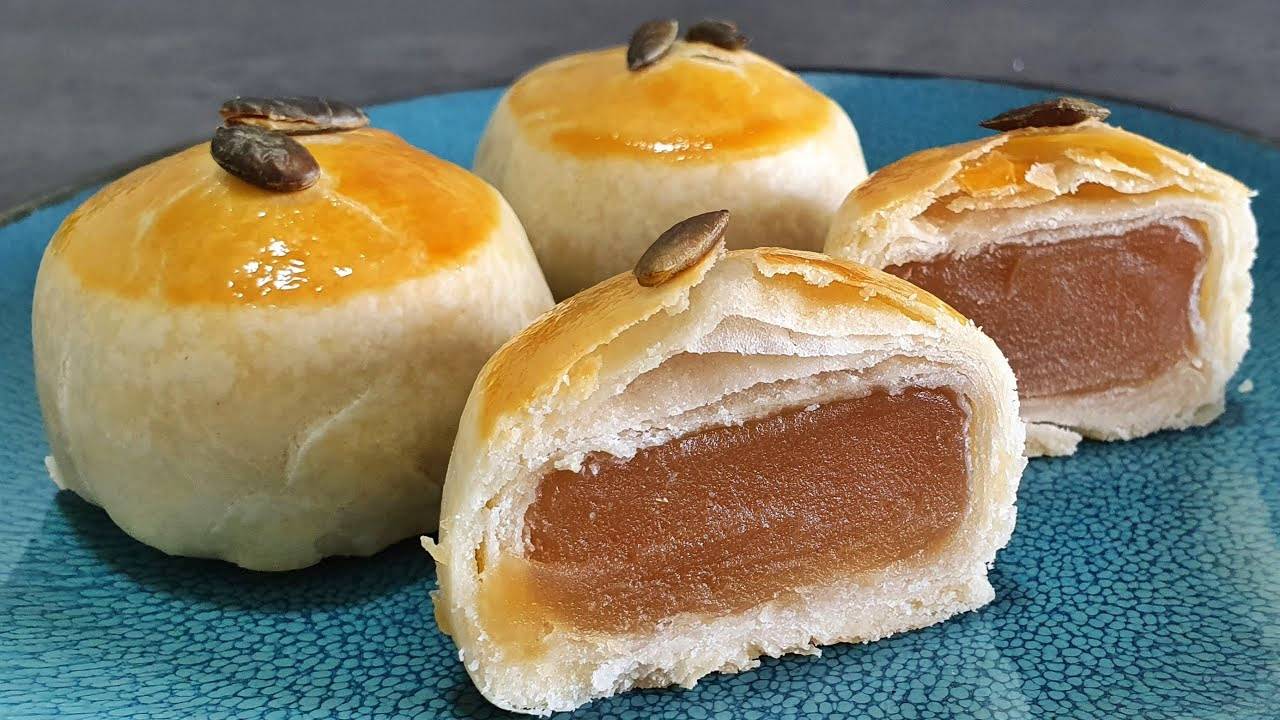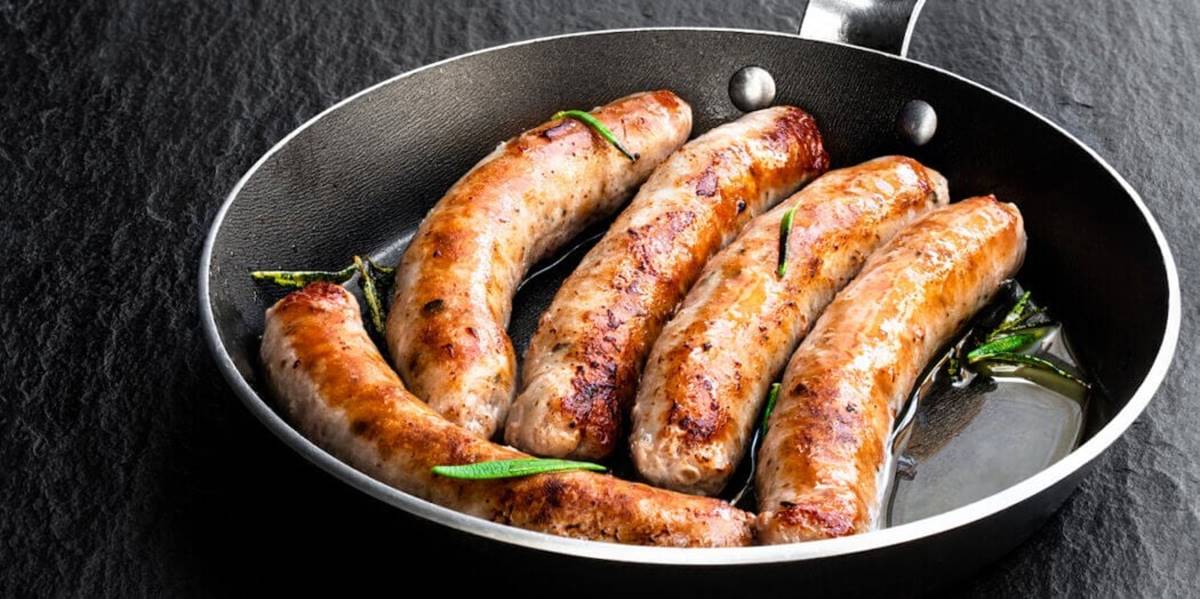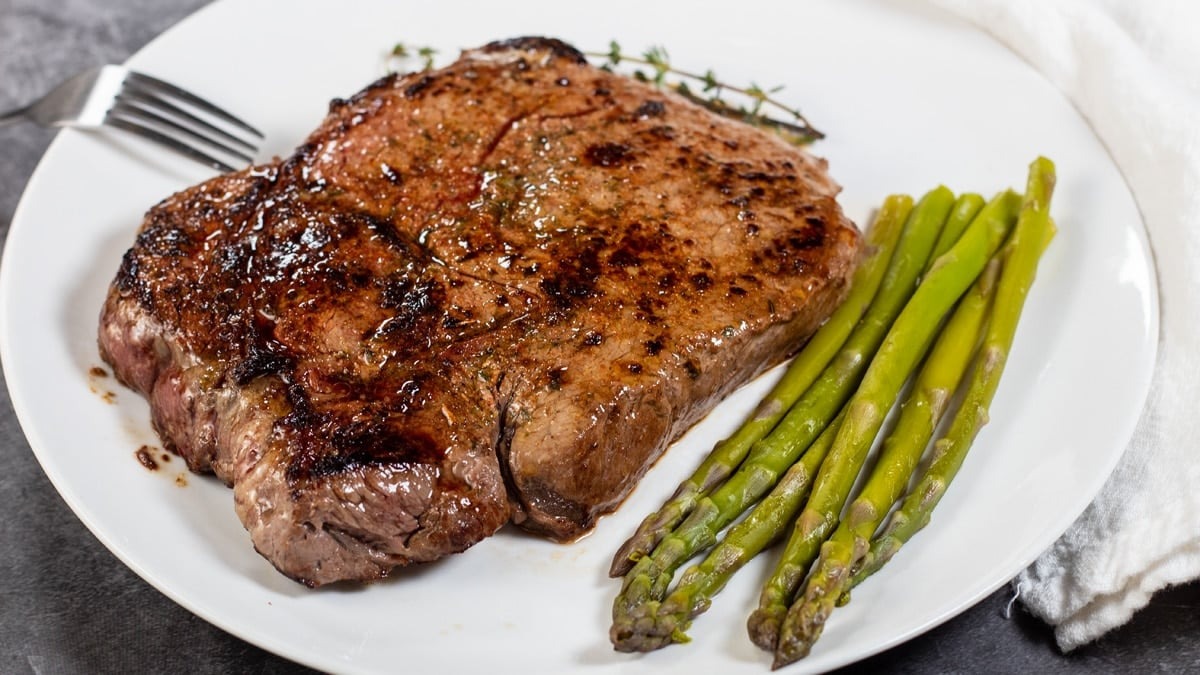Boiling water on a stove might seem straightforward, yet mastering this basic kitchen skill opens up a world of culinary possibilities. Whether you're preparing pasta, blanching vegetables, or making a cup of tea, the process begins with boiling water. All you need is a pot, water, and a stove. The key is knowing when water has reached a rolling boil and maintaining it safely for your cooking needs. This guide will walk you through the steps, ensuring you can boil water with confidence and ease, setting the foundation for countless recipes and kitchen adventures.
Essential Ingredients for Boiling Water
- Pot or saucepan
- Water
- Stove
- Lid (optional)
Necessary Tools for Boiling Water
- Pot or Saucepan
- Stove
- Lid (optional)
- Water
- Heat-resistant gloves or mitts
Boiling water on a stove requires a pot and heat. Fill pot with water, place on burner, turn heat to high. Wait until bubbles vigorously break surface; water is boiling.
The Importance of Boiling Water
Boiling water on a stove is a fundamental kitchen skill, essential for various cooking tasks. Mastery of this technique ensures that meals are prepared safely and efficiently. From sterilizing utensils to cooking pasta perfectly, knowing how to boil water efficiently is crucial for any amateur chef aiming for culinary success.
Understanding the process enhances safety in the kitchen, preventing accidents like burns or spills. Properly boiled water is also key for extracting flavors in recipes, making it a cornerstone of cooking. This skill lays the foundation for more complex cooking techniques, making it indispensable for anyone passionate about food.
Step-by-Step Guide to Boiling Water
-
Fill a pot: Choose a pot with enough capacity for the amount of water you need. Fill it about two-thirds full to prevent boiling over.
-
Place on stove: Set the pot on the stove and turn the burner to high. If using a gas stove, ensure the flame is directly under the pot.
-
Wait for bubbles: Watch for small bubbles to start forming at the bottom. This indicates the water is getting hot.
-
Boil: Once the water reaches a rolling boil, large bubbles will rapidly break the surface.
-
Adjust heat: Lower the heat to maintain a gentle boil if necessary. This step is crucial for dishes that require simmering.
-
Use boiled water: Carefully use the boiled water as needed, whether for cooking or other purposes.
-
Turn off stove: Don't forget to turn off the burner once you're done to ensure safety.
Mastering the Basics
Boiling water on a stove is as straightforward as it gets in the kitchen. Yet, knowing the right steps ensures you're set for success, whether you're prepping pasta, blanching veggies, or starting a culinary masterpiece. Remember, start with a pot that matches your needs, keep an eye on the heat, and adjust as necessary. Lid on or off depends on your boil-time and evaporation needs. Safety first, always use pot holders and be mindful of steam. With these tips, you've got all you need to boil water like a pro. Now, you're ready to tackle more complex recipes or enjoy a simple cup of tea. Boiling water, though simple, is a fundamental skill that every aspiring chef should master. So, next time you're in the kitchen, you'll be boiling water with confidence and ease.
Frequently Asked Questions About Boiling Water
How long does it take to boil water on a stove?
Well, that depends on a few things like the amount of water you're boiling and how high you've cranked up the heat. On average, for a pot of water (about 4 cups), it'll take around 8-10 minutes to get to a rolling boil on high heat. If you're just simmering, though, it's a different ball game.
What's the best type of pot to use for boiling water?
For boiling water, you can't go wrong with a stainless steel pot. It's durable, conducts heat well, and won't mess with the taste of your water. Just make sure it's got a good-fitting lid to speed things up.
Can I boil water faster with the lid on?
Absolutely! Keeping the lid on traps heat inside the pot, making your water boil quicker. Think of it as keeping all the warm goodness under wraps until it's ready to roll.
Is there a way to tell when water is fully boiled?
Sure thing. You'll know water is at a rolling boil when there are big bubbles popping up to the surface, not just those tiny ones at the sides. It's like a little party in your pot!
Does salt make water boil faster?
This is a bit of kitchen folklore. Adding salt does raise the boiling point of water, but the amount you'd typically add for cooking barely makes a difference. It's more about flavor than physics.
How can I boil water more efficiently?
Start with hot tap water to cut down on heating time. Also, match the pot size to the burner to avoid heat loss. And remember, a lid is your best friend for trapping heat.
What should I do if my water boils over?
First off, don't panic. Just turn down the heat, move the pot off the burner, and let things settle. A wooden spoon across the top of the pot can also help prevent future boil-overs.
Was this page helpful?
Read Next: How To Boil Bacon
